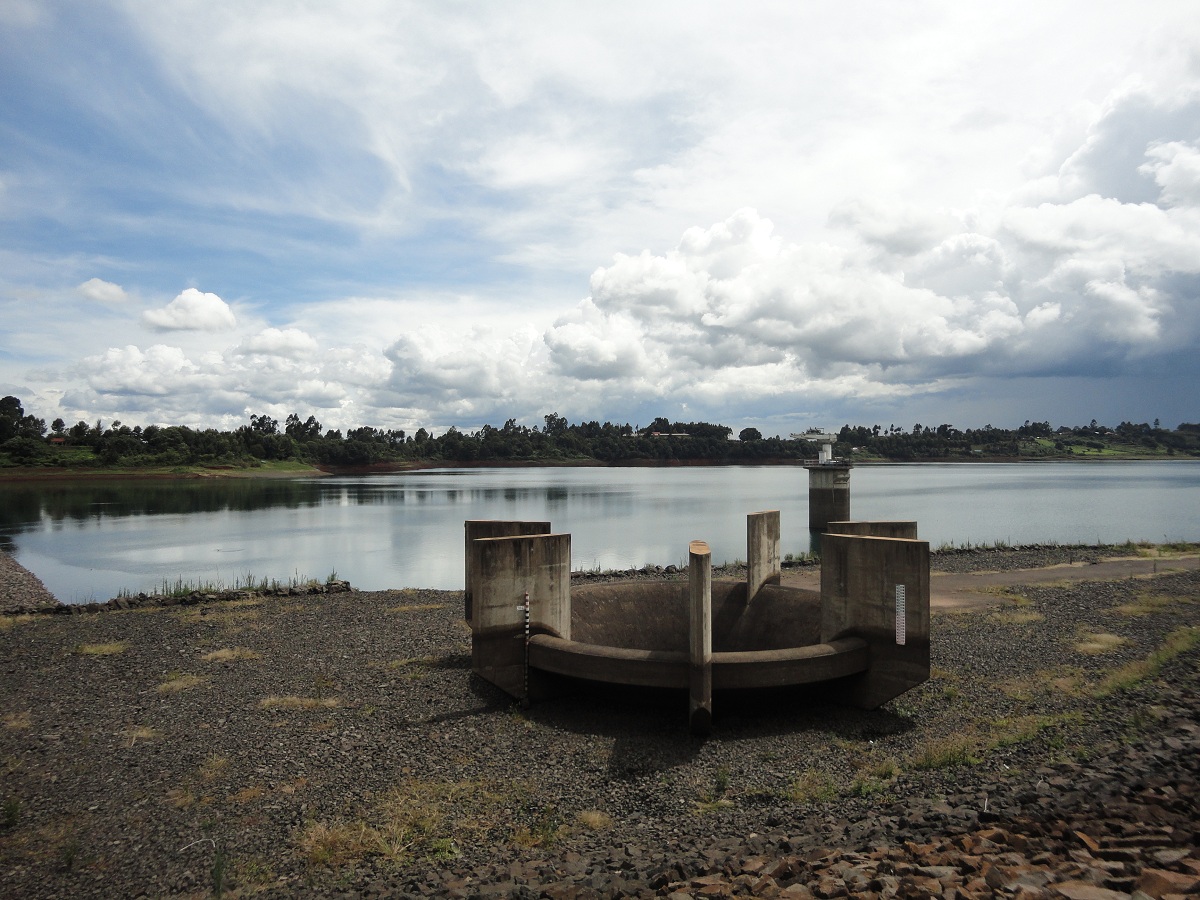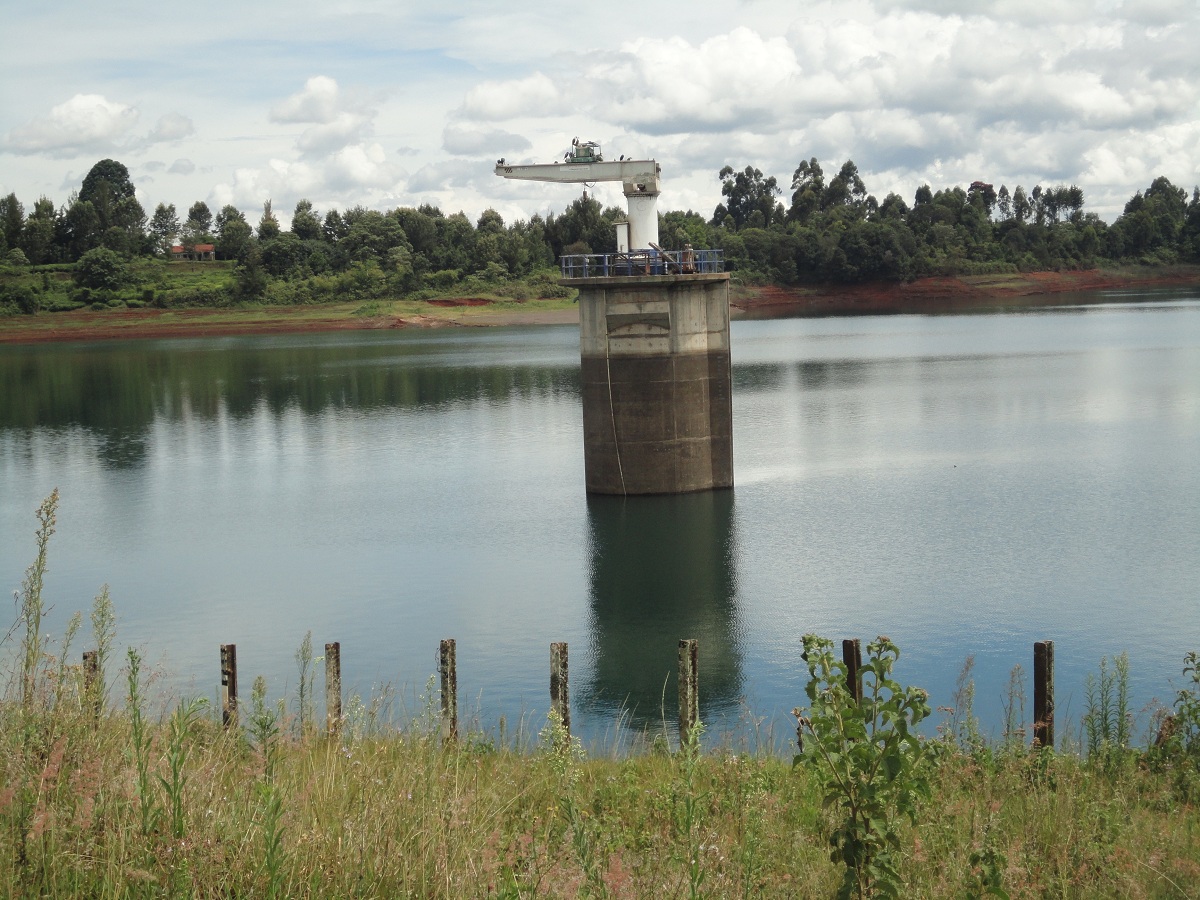Water is life. This is a popular phrase we have always come across with since our time in primary school. It still remains true for everyone. No water, no life. This is why we have not migrated to Mars, Jupiter or any other planet because there is no water there.
Ndakaini dam is also referred to as Thika dam. The dam was built in 1988 at a cost of Ksh. 20 million to supply water to Nairobi city. It’s construction was funded by the government of Kenya, World Bank (WB), European Investment Bank and African Development Bank (AfDB).

Read More:
Location
The dam is located in Thika, Kiambu county. Chania river is the main source of water for Ndakaini dam. The other sources are:
- Thika,
- Kayuyu and
- Githika rivers.
Capacity
The dam was allocated an area of 1,200 acres but currently covers 600 acres. The rest of the land was used as a quarry and a construction site. The dam has a capacity of 70 million cubic meters.
Current status
The dam is drying up due to persistent drought that has been the dam dry to its lowest levels at 25 percent.
What next?
The Ndakaini dam is now 25 percent full. This is the lowest it has ever gone since it was constructed. Drought has affected over three million Kenyans around the country.
This has been caused by erratic rainfall. There are many competing needs for water. Human consumption, irrigation and industrial uses.
International standards requires that domestic use be given priority over industrial use. There is need for sustainable water supply in Kenya.
Follow us on twitter @gkerosi


